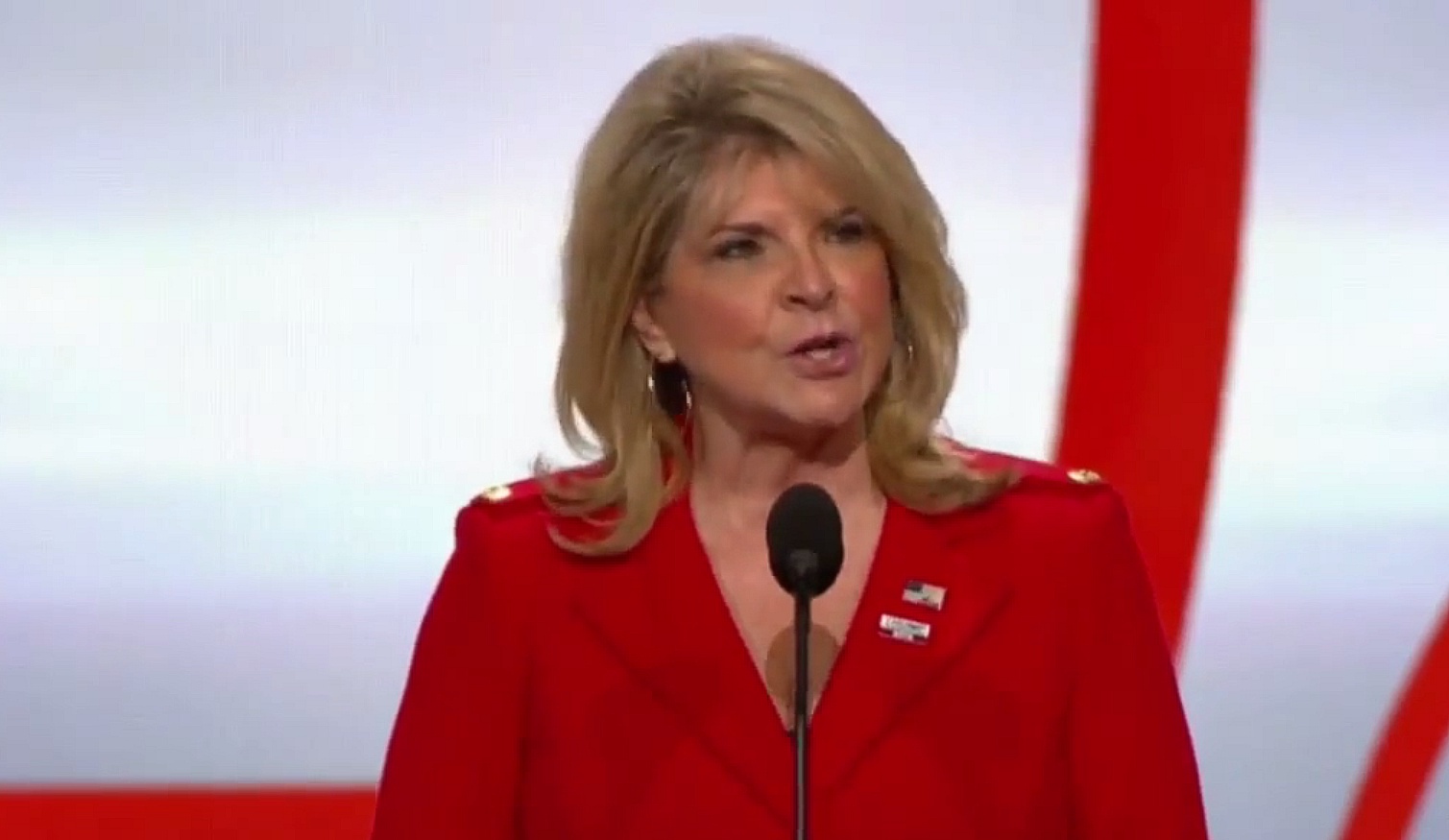People form their opinions about a party based on what its platform includes. Political scientists Elizabeth Simas at the University of Houston and Kevin Evans at Florida International University have found that in years that parties adopt particularly conservative platforms, voters tend to see the nominee as more conservative too. “Voters are in fact picking up on the parties’ objective policy positions,” they wrote in a 2011 paper. That means that a platform like this one could have lasting impacts on how the Republican Party is perceived.
If so, the perception of the Republican Party gleaned from its platform is one of a party in an ongoing existential crisis, torn not only between various contradictory constituencies, but between the past and the future. Trump, for all his reactionary positions on immigration and trade, would have brought the Republican Party a little closer to the future, at least on social issues. A platform that incorporated traditional Republican planks like tax cuts and military intervention with Trump’s moderate positions on social issues would still be far from what the average American believes, but much closer to what the 2013 autopsy called for.
But rather than leaping at this chance to broaden its appeal, the party decided to bow to its traditional base of older, white voters. Therein lies the problem for Republican elites interested in convincing the rank-and-file that they need to accommodate new constituencies and ideas. The base is getting older. Conservative Republican voters believe that their traditional values, despite having grown increasingly unpopular in the last eight years, are American values. Unless someone else comes along after Trump who can convince the Republican base that they need to shake up their positions on social issues, the party will appear increasingly out of touch with the mainstream. For now, however, the party will continue to exist in a state of existential confusion, their platform working like a series of walls between the Grand Old Party and the very voters it needs to survive.
Read more at the New Republic.
